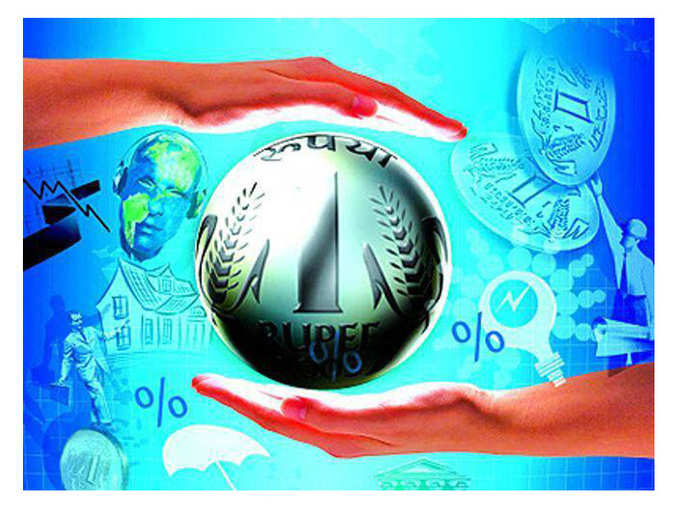 In January 2015, when Prime Minister Narendra Modi laid out his plans to transform India into a $20-trillion economy from a $2-trillion one currently, the idea was perceived by many as a bit too ambitious. While Modi promised reforms in areas such as taxes and subsidies in addition to transparency and efficiency in governance and said that setting up of the National Institution for Transforming India (NITI) Aayog is just one of institutional reforms that will unfold. On the other hand, critics cited the country’s huge reliance on agriculture, which in turn depends on the vagaries of the monsoon, inadequate infrastructure that continues to be in shambles. Besides these reasons, high level of corruption is another factor that will thwart the very purpose of painstaking reform measures.
In January 2015, when Prime Minister Narendra Modi laid out his plans to transform India into a $20-trillion economy from a $2-trillion one currently, the idea was perceived by many as a bit too ambitious. While Modi promised reforms in areas such as taxes and subsidies in addition to transparency and efficiency in governance and said that setting up of the National Institution for Transforming India (NITI) Aayog is just one of institutional reforms that will unfold. On the other hand, critics cited the country’s huge reliance on agriculture, which in turn depends on the vagaries of the monsoon, inadequate infrastructure that continues to be in shambles. Besides these reasons, high level of corruption is another factor that will thwart the very purpose of painstaking reform measures.However, just a month later in February, PwC in its ‘World in 2050’ report said that India, along with China, will be the world’s leading economy by 2050, while Japan, South Korea and Australia will slip in terms of rankings among top global economies. According to the report,
This perspective was echoed by Subhash Chandra Garg, World Bank’s executive director for India, Bangladesh, Bhutan and Sri Lanka. According to Garg, India has the potential to become a multi-trillion dollar economy with a per capita income of about $40,000 by 2050.
India, currently, enjoys three major economic attributes that are also seen as factors that will provide a leg-up in the country’s journey to a global economic powerhouse—favourable demographics, its status as one among the world’s largest democracies and a preponderance of English speakers, which helps ease business dealings with the West.
Among these, demographics is especially seen by many as a significant factor—the country will soon dwarf the rest of the world when it comes to its working age population, that is people between 18 and 65 who are contributing members of society. Compared to North America, Japan and even China, India is an exceptionally young country. The majority of its population is less than 30years old and by 2020 the average age will be 29, compared to 45 in Western Europe and 48 in Japan.
But, is transforming India to a $42-trillion economy is going to be a cakewalk? Even the most euphoric sympathisers of Modi wouldn’t agree with this.
For one, to reach a size of $20 trillion by 2030 and $42 trillion by 2050, India will have to grow at 7% annually for the next 30-35 years, which seems unlikely. Besides, the country’s growth would require sustained economic reforms and increased investment in infrastructure, institutions and mass education. The country will also have to transform its agriculture completely, grow its services and manufacturing sectors and give a boost to tourism.
A key challenge will be to get people out of agriculture and use them in the manufacturing and services sectors, while also ensuring that agricultural production in the country increases. Improved prospects of infrastructure will especially remain crucial to ensure the success of ‘
Also the services sector need to be further strengthened—the percentage of the population working in the services sector needs to be enhanced significantly from 55% currently.
No growth prediction can skip the role of Indian Railways, the largest employer in the country. Railways can boost the country's GDP by 3% if the government manages to expand the rail network by 40,000 kilometres.
Along with eradicating corruption, which has emerged as one of the largest crippling factors that damage any reform measure, efforts are also needed to eliminate bureaucratic red-tapism and slow decision making. To achieve this, PM Modi’s idea of ‘more governance; less government’ should be implemented religiously.
Attracting
Committed and sustained policy as well as economic reform initiatives to enhance IT, telecom, education and healthcare will also be important factors to transform India first to a $20 trillion economy by 2030 and eventually to a $42-trillion economy by 2050.
